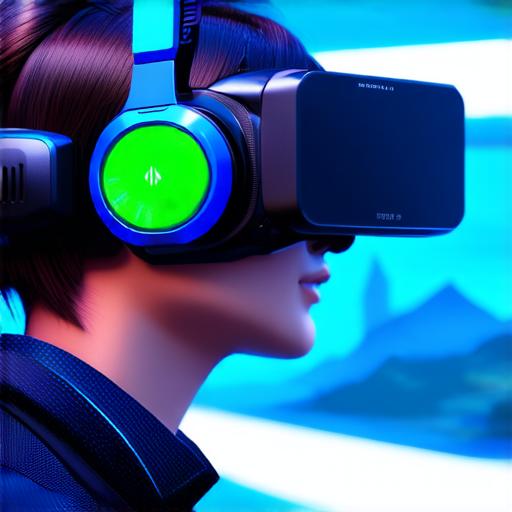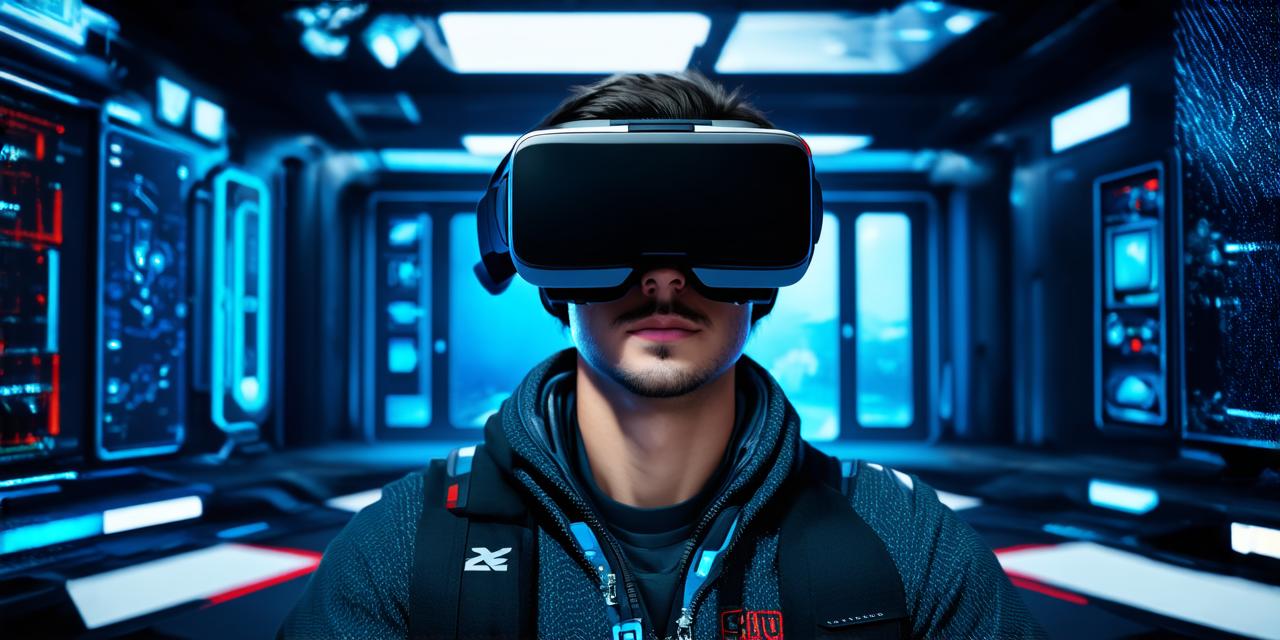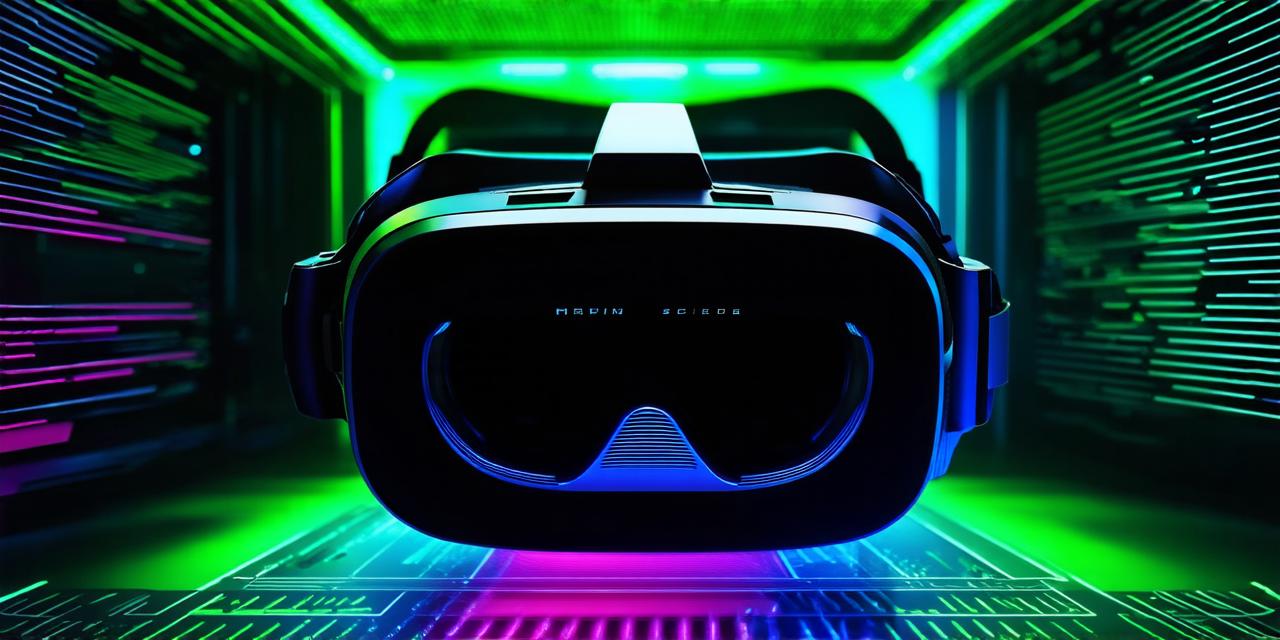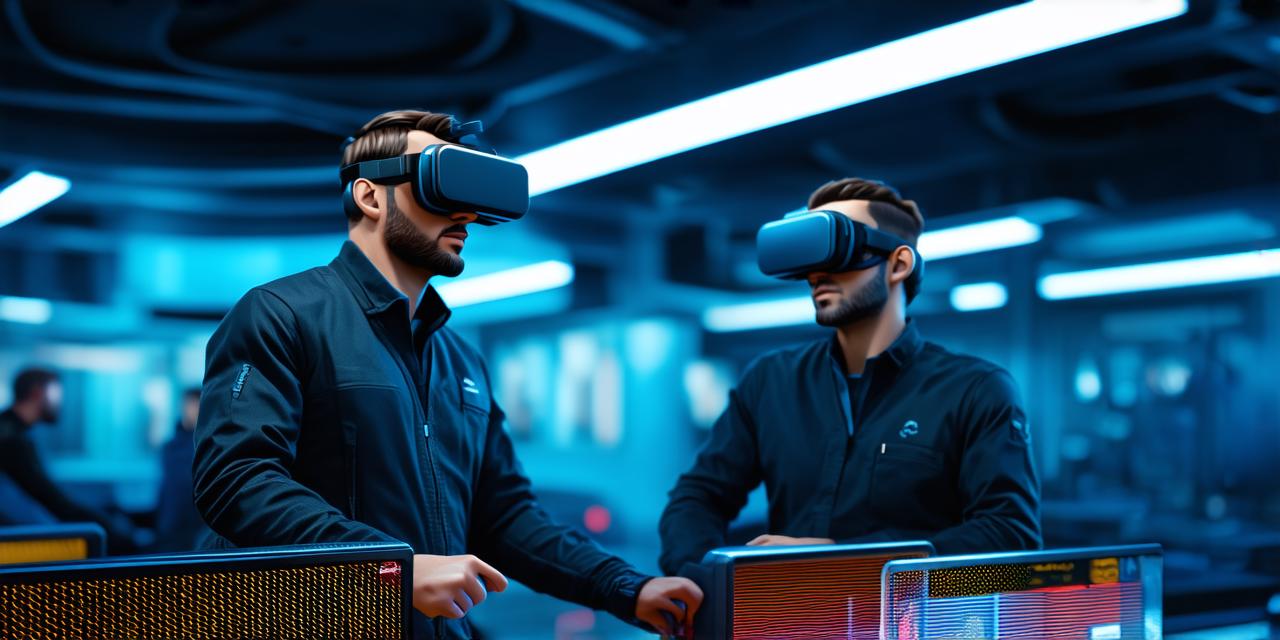In recent years, virtual reality (VR) and augmented reality (AR) have become increasingly popular technologies, transforming the way we interact with digital content.
Virtual Reality: An Immersive Experience
Virtual reality is a fully immersive technology that creates a simulated environment that the user can interact with in real-time. VR headsets use sensors to track the user’s movements and provide a 360-degree view of a virtual world, allowing the user to feel as though they are physically present within it.
One of the key features of VR is its ability to fully disconnect the user from the physical world. This allows for a truly immersive experience, where the user can be transported into any environment they desire, regardless of their physical location. VR is often used in gaming and entertainment applications, as well as in training simulations for professionals such as pilots and surgeons.
Virtual reality offers a high level of interactivity, allowing users to physically interact with objects within the virtual world. This can include gestures, voice commands, or even body movements, depending on the VR system being used.
Augmented Reality: Enhancing the Physical World
Augmented reality, on the other hand, is a technology that overlays digital content onto the physical world. AR devices use sensors and cameras to track the user’s location and provide contextual information about their surroundings, allowing the user to see digital content within the real world.
One of the key benefits of AR is its ability to enhance the user’s understanding of their physical environment. For example, a construction worker using an AR app can see 3D models of buildings and structures overlaid onto the site, providing them with valuable information about the project’s progress and potential issues.
AR is often used in applications such as education, marketing, and healthcare, where digital content can be overlaid onto real-world objects to provide additional context or enhance understanding.
Comparing VR and AR
While both VR and AR offer immersive experiences, they differ in their approach to creating these experiences and how they integrate with the physical world.
Virtual reality provides a fully immersive experience, where the user is completely disconnected from the physical world. This allows for a truly unique experience that can transport the user into any environment they desire. However, VR requires specialized equipment and software, making it more expensive to implement than AR.
Augmented reality, on the other hand, provides contextual information about the user’s physical environment, allowing them to see digital content within the real world. This can be useful in a variety of applications, but the level of immersion provided is not as high as VR.
AR requires less specialized equipment and software, making it more accessible than VR.
Ultimately, the choice between VR and AR will depend on the specific needs of the application. For fully immersive experiences that require complete disconnection from the physical world, VR may be the best option. However, for applications that require contextual information about the user’s physical environment, AR may be more suitable.

Summary
In conclusion, virtual reality and augmented reality are two distinct technologies that offer immersive experiences in different ways. While both technologies have their advantages and disadvantages, the choice between VR and AR will depend on the specific needs of the application. As these technologies continue to evolve, we can expect to see even more creative and innovative uses for virtual reality and augmented reality in the future.



